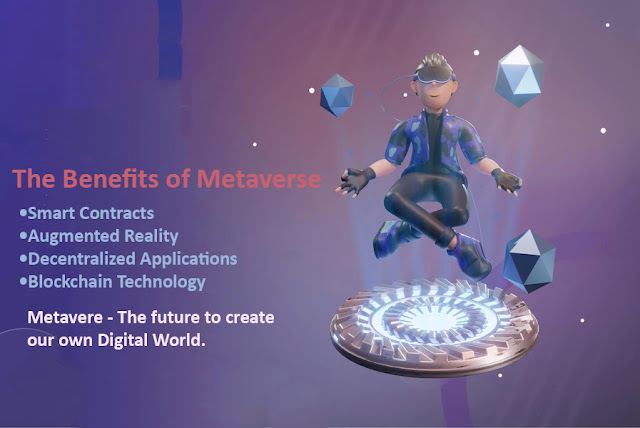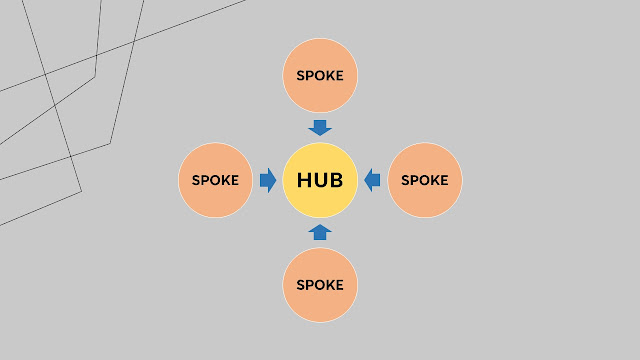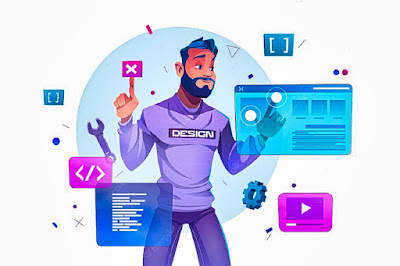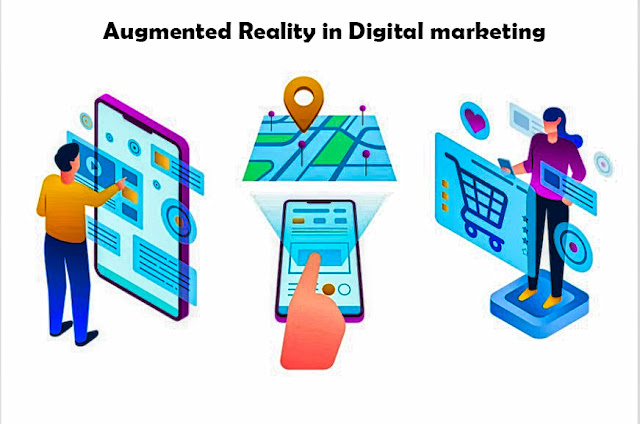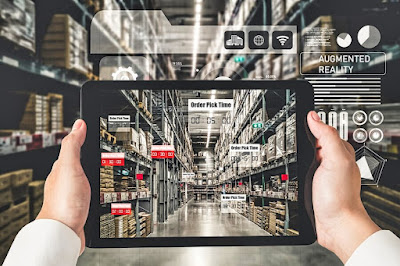Web 3.0
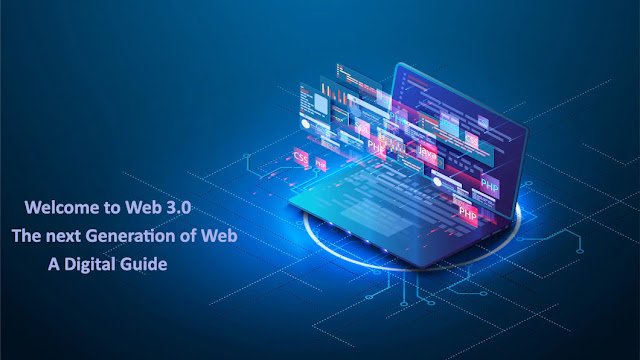 |
| What is Web 3.0? |
Introduction
You might have heard the term Web 3.0. It’s buzzing the
internet for quite some time. In this article, we will go through how the
Internet Works. The transition of the Internet and the new features we will use
through Web 3.0.
We as a whole utilize the web in our everyday life. We use the
internet for shopping, learning, jobs, socializing, and almost for everything. The
Worldwide web www is a collection of data located at various websites or servers
across the globe. The websites are accessible to the public through hyperlinks.
Netizens can access the hyperlinks using web browsers such as Google, Bing, Safari,
etc. Browsing the internet through the browser is simple. Knowing the
background process is the toughest part. Now we will go through the evolution
of the web and the transition from Web 1.0 to Web 3.0.
The history and transition of the Web
Web 1.0
The creation of the internet happened in 1989 by Tim
Berners-Lee. He invented a system called HTTP which allowed data to transfer
over the web between servers and browsers. In 1990 internet took a new form, Web
1.0. It became popular in 1995 with the launch of Netscape Navigator. It made it
possible for people to browse websites on their computers and view images on
them for the first time. Web 1.0 is a term that refers to the first generation
of the internet. People had the option to interact with each other through
websites and share information.
Web 1.0 used basic HTML to create a simple layout. It was
only accessible to desktop computers. The sites often featured animated
graphics or backgrounds with scrolling text. The coding development happened
through hand in a text editor like Notepad or WordPad. As technology advanced
electronic gadgets evolved. The websites also had to evolve to meet the users’
expectations of the modern gadgets. Thus, scaling websites on electronic
gadgets was a necessary feature. This resulted in updating to Web 2.0.
Web 2.0
Web 2.0 is the second generation of websites. This allowed
sites to look good on all devices including desktops, laptops, tablets, and
mobile phones. Web 2.0 sites use more advanced HTML tags to create more complex
layouts. Browsers allowed visitors to interact with them by clicking buttons or
links that trigger animations that guide them through different site sections. As
technology and computing speed advanced, evolution to web 3.0 was necessary. This
resulted in the transition to web 3.0.
Web 3.0
It is the third generation of the World Wide Web and is a
set of technologies that will make it possible to use the web in new ways. Web
3.0 universal way to share data and access services. It is not just about
technology, but also about how people use the web and what they use it for.
There is a major difference between Web 2.0 and Web 3.0. In
Web 2.0, users can only view content, but in Web 3.0 they will be able to
interact with it. Web 2.0 is the “read-write” web where users can create
content as well as consume it. Web 3.0 has a much more user-centric focus with
an increased focus on privacy and security. It will be a lot more decentralized
with less reliance on centralized organizations. The main problem with a
centralized system is that store all our information online in one place. Web
3.0 won’t allow hackers to access the data and steal identities or money. Why
You should learn web 3.0
There are several reasons why you should learn Web 3.0.
First, it will help you become more efficient at what you do. Second, it will
allow you to work faster and with less stress. Third, it will allow you to work
anywhere in the world. Fourth, it will allow you access to a wide range of jobs.
Finally, it will enable you to earn more money than ever before.
Web 3.0 has many use cases such as:
.jpg) |
| Applications of Web 3.0 |
Advanced Application of Artificial Intelligence - Web 3.0
Artificial intelligence (AI) has been around for decades,
but its use in web 3.0 is growing rapidly. AI helps in many ways. It helps
people learn how to code to create chatbots that answer questions on social
media platforms. Web 3.0 is evolving so are the web platforms. AI will help
technology think like humans. This makes technology more productive and helps
mankind in many ways. As time goes by, we will see more advanced applications
of artificial intelligence coming in web 3.0.
Chatbots – Web 3.0
 |
| Web 3.0 Chat Bot |
Chatbots are one type of AI application that's used more
frequently in web 3.0 than ever before. They're also becoming increasingly
sophisticated as developers continue to build them with new features. A chatbot
is an automated program that answers questions through text messaging, email,
or other forms of communication. In the future, chatbots can replace humans.
Chatbots will independently handle all queries from the netizens in Web 3.0.
Voice Search – Web 3.0
Google has been using voice search technology since 2011. Since
then, the company has continued improving the technology and making it
available to users across multiple platforms. Today, we can see voice search
integrated into Android devices, iPhones, Amazon Echo speakers, and even Apple
TV. In the future, voice will replace typing. This makes human life easier
through Web 3.0.
Image Recognition – Web 3.0
One of the more interesting uses of deep learning is image
recognition. This type of machine learning allows computers to recognize
objects in images. It's like how humans learn to recognize things by looking at
them. This results in providing an accurate solution to human queries in Web
3.0.
Machine Learning – Web 3.0
The main two machine learning are supervised learning and
unsupervised learning. Supervised learning requires training data with labels
(i.e., an object labelled as "dog" or "cat"). Unsupervised
learning does not require any prepared information. Instead, it relies on
patterns within the data itself. Unsupervised learning is the future of AI and it’s
evolving at a much faster phase. This brings a drastic change in Web 3.0.
Natural Language Processing – Web 3.0
One of the most common uses of natural language processing
is sentiment analysis. Sentiment analysis is to determine whether a text
expresses positive or negative feelings toward a particular subject. This type
of analysis can help businesses understand how customers feel about their
products and services. This technology in Web 3.0 will take marketing to a
whole new level.
 |
| What is Web 3.0? |
Low Code Application Building Software – Web 3.0
Web 3.0 has been around since the early 2000s. However, it
wasn’t until recently that it became widely adopted by businesses. Nowadays,
there are thousands of companies using it to develop mobile apps. Some of them
even use it to build websites as well.
They use a visual language called “low code” to allow users
to quickly build web and mobile apps. This means that instead of having to
write code, you simply drag and drop elements onto a canvas. You can then
customize these elements with CSS and HTML. These tools include Visual Studio
Code, Adobe XD, and Microsoft Visual Studio Code. Building apps are much easier
through Web 3.0 applications.
Cloud Computing – Web 3.0
Cloud computing is growing at a faster phase in recent
years. With its many advantages, it is set to revolutionize the way we live and
work.
Cloud technology has been around for decades. The cloud
refers to a network of servers that provide services over the Internet. It
allows users to access data and applications without having to install software
on each computer. Cloud computing is an approach to providing IT services
through the internet rather than locally. This means that instead of storing
data on a local server, it's stored remotely on a remote server. In Web 3.0
Cloud computing will advance with more security through decentralized storage.
Secure Data – Web 3.0
What Is Blockchain Technology?
Blockchain technology is a decentralized database system. It
allows users to make secure transactions without any middlemen. It's also known
as distributed ledger technology because it records every transaction made by
everyone who uses it.
Why Does Blockchain Matter?
There are several reasons why blockchain technology is so
important in Web 3.0. First, it provides an immutable record of transactions.
This means that alteration of data is not possible once recorded on the
blockchain. Second, it enables trust less transactions. That means there is no
need for third parties to verify transactions. Third, it makes it possible to
transfer assets securely. Fourth, it creates transparency. Because everything
is recorded on the blockchain, anyone can see how much money was spent on a
particular project. Finally, it eliminates fraud.
Currency – Web 3.0
Firstly, Bitcoin uses blockchain technology. Secondly, It's
also known as crypto-currency because it operates outside traditional banking
systems. Bitcoin invention happened by an anonymous programmer who calls
himself Satoshi Nakamoto. He published his invention under the name “Bitcoin”
in 2008. Bitcoin is a decentralized currency that allows people to send money
directly to each other without using banks or financial institutions.
Vitalik Buterin developed Ethereum, a Russian computer scientist.
Like bitcoin, it uses blockchain technology. Unlike bitcoin, however, it has
its programming language called Solidity.
Conclusion:
In Conclusion, as per the above features of Web 3.0, we can
expect a new global internet revolution. Above all, Web 3.0 will solve many
complex problems and would help us to make a better living. In addition, technology
is evolving at a much faster phase. You should update to know the recent
changes happening in technology. I intend to make my readers be up to date with
the latest trends.
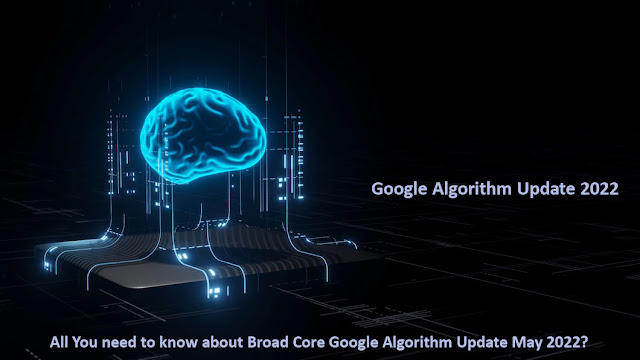
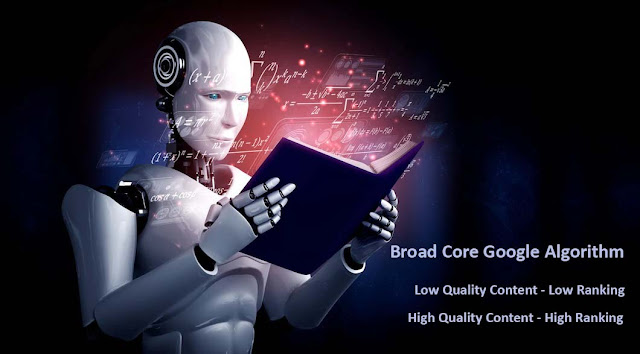



.jpg)



